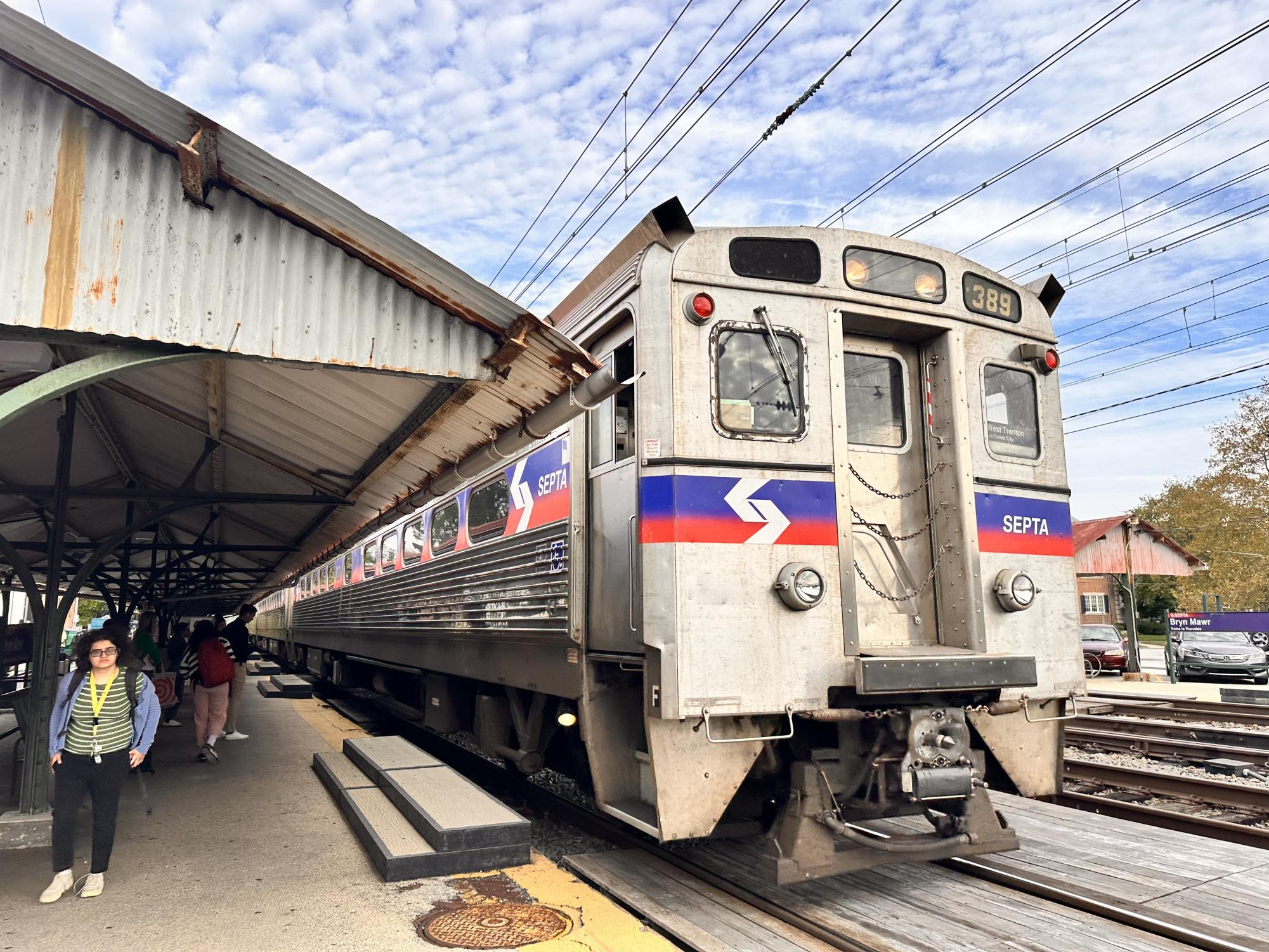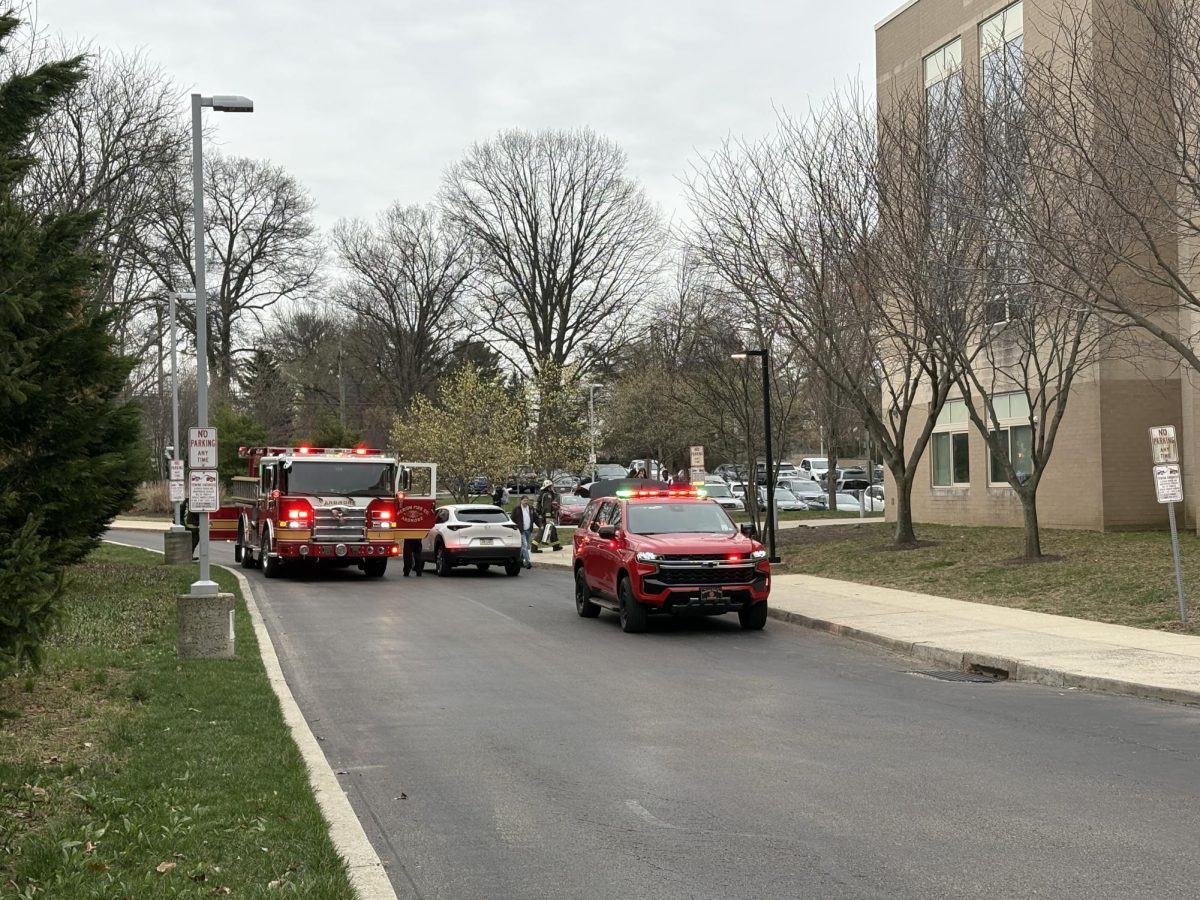
SEPTA’s intention to cut the Paoli/Thorndale and Cynwyd lines led to a swift reaction in Lower Merion. For many, SEPTA’s trains represent lifelines—the commute that gets a parent home in time to tuck in their kids, the secure ride that gets a teacher in their chair by first period, and even the catalyst many families had for moving into the district in the first place. The mere possibility of cutting the trains would have rippling effects, serving as a serious threat to the district, longer commutes, clogged roads, and even property values. Recently, a Philadelphia-area judge placed the cuts in limbo, at least for the short term, but the reprieve hasn’t done much to assuage the deeper fear of whether the rails holding daily life together are cut forever.
This structural shortfall is a result of a roughly $213 million deficit, forcing SEPTA to enact aggressive budget-cutting initiatives this summer, eliminating dozens of bus lines, shortening trip lengths on numerous others, and promising to terminate service along a half-dozen or more Regional Rail lines. This proposal was to be followed by a plan to eliminate the Paoli/Thorndale and Cynwyd lines outright by January. Such a decision would mean all of Lower Merion Township’s eight train stations—with the exception of Ardmore Station—would be without a train line.
To many in Lower Merion,
the distress is far too personal. The Paoli/Thorndale line is the most popular SEPTA Regional Rail line, serving 2,861,041 riders annually in 2024. Parents ride Regional Rail daily from the Main Line’s suburbs to their work across Philadelphia. Some teachers also ride the train from Philadelphia to get to work. For both parties, the trains are not a luxury but the glue by which they are able to support their families. “[SEPTA] is the only thing I take,” said social studies teacher Sania Mirzanschall. “If the cancellations go into effect, I will need to walk, take the L, take the bus, and then walk some more. There is no world where I will buy a car due to me living in the city; it is not worth the environmental and practical costs.” Such an alteration would result in an extra 45-minute addition to an already fifty-minute commute.
The elimination of SEPTA’s Regional Rail Lines would also inhibit LM students’ abilities to commute to extracurriculars, internships, and part-time jobs in Philadelphia, presenting serious issues for students and families. Isabella Gilligan ’26 takes the Paoli/Thorndale Line “two or three times a week to go to Philadelphia Orchestra rehearsals.” If cancellations become a reality, Gilligan explained, “I would have to have my parents drive me in for all of my rehearsals, which would be a massive inconvenience to my family because I have two other siblings who are also unbelievably busy and who don’t have the independence to take the train. I will literally never be able to see the Philadelphia Orchestra ever again.” For LM students, the service reduction isn’t just a question of longer or shorter commutes—it has the possibility of cutting off students from enrichment opportunities and experiences.
Many parents commute into Philadelphia’s multiple hospitals, universities, and service industries for work. “We have a lot of families whose parents work in University City. A lot of them take transit and have schedules that they need to be on time for. It makes it a lot harder to manage work and family,” said Mirzanschall. She’d also seen social media reports by night-shift workers who now would have a nine p.m. deadline for such services—effectively excluding them from compensated work and time with family. “I’ve seen on social media people who work at night or in the service industry who have low incomes and have a nine o’clock [SEPTA-imposed transportation] curfew.”
The cut’s effects extend far beyond SEPTA’s commuters. Disabling the lines would lead to more commuters driving, adding more cars onto the arterials and the residential side streets, lengthening commutes and adding more stress for parking. In Montgomery County, SEPTA line cuts would likely result in 20 percent slower commutes, a five mph decrease in average speed on the I-76, and hundreds of thousands of extra cars on the roads. In the wider Philadelphia area, the Delaware Valley Regional Planning Commission estimates an extra 275,000 vehicles on the road, something that contributes both to congestion and climate change. “Traffic, car volume on the main and side roads… it will take longer for everyone to go to work,” Mirzanschall predicted. Due to traffic, some families would need to undertake unnecessary expenditure in the form of babysitters. The Philadelphia Inquirer argues that eliminating Regional Rail would undermine long-range, transit-oriented development along the Main Line and make Lower Merion Township less pedestrian desirable for the families who moved here for the mass transit.
The long-term appeal of the Main Line is also at risk. Access by train has been one of Lower Merion Township’s great selling points for potential residents who want better schools for their kids while having a convenient commute into Center City. Federal Realty Investment Trust has invested nearly $100 million in a development near the Cynwyd Line, the proximity of which is the first thing they cite on their website. The Cynwyd Line’s potential closure, however, serves as a serious threat to the development and other developments across closing SEPTA lines. When contacted by The Merionite, the company declined to comment.
Econsult Solutions, during a Chamber of Commerce for Greater Philadelphia meeting, forecast that if SEPTA were to go through with its cuts to the Paoli/Thorndale and Cynwyd lines, nearby property value would decline by nearly $20 billion. Households along the Paoli/Thorndale Line would lose around $56,800 alone for each family, while the neighborhoods along the Cynwyd Line would lose around $47,400. A lack of future residents and decreasing property value not only are detrimental to current residents of Lower Merion Township but also mean LM schools will receive fewer taxpayer dollars to fund the district. Furthermore, an estimated 76,700 jobs could be lost, leading to a decline of $674 million in yearly tax revenue for state and local governments, along with a $207 million decrease in revenues for local school districts.
Residents may be forced to find other methods of transportation if they don’t plan on moving or are unwilling to get a car. For households with young children or workers whose employment requires evening or call-shift work hours, an e-bike or a third transfer won’t cut it. In a few cases reported across the region, university staff and students have suggested the cuts would provoke difficult decisions about employment and residency.
All service reductions by SEPTA have been brought back on a temporary basis as of September 13. The reversal comes in the aftermath of a ruling by a judge that the cuts were unfair, ordering the agency to not create more line closures, station shut-downs, or routing eliminations. A 21.5 percent fare increase is set to take place, with a proposed one-time emergency Band-Aid of roughly $300 million in capital funds. This Band-Aid would keep trains like the Paoli/Thorndale and Cynwyd lines going through the 2026 summer months, ensuring riders can still rely on public transit. Officials, however, claim it diverts money from necessary maintenance and doesn’t cover SEPTA’s current budget shortfall of $213 million annually despite substantial evidence that public transit promotes welfare and the economy.
For the moment, the Paoli/Thorndale and Cynwyd lines continue in service but on borrowed time. The emergency funding that brought them back offers a precarious reprieve, as every train chugging into Lower Merion stations carries the weight of an uncertain tomorrow. The cuts may be held at bay, but the fear they unleashed has not. Until a definitive solution comes about, the district will carry the queasy doubts about whether the rails upon which the Main Line was founded can vanish under their very own feet.






